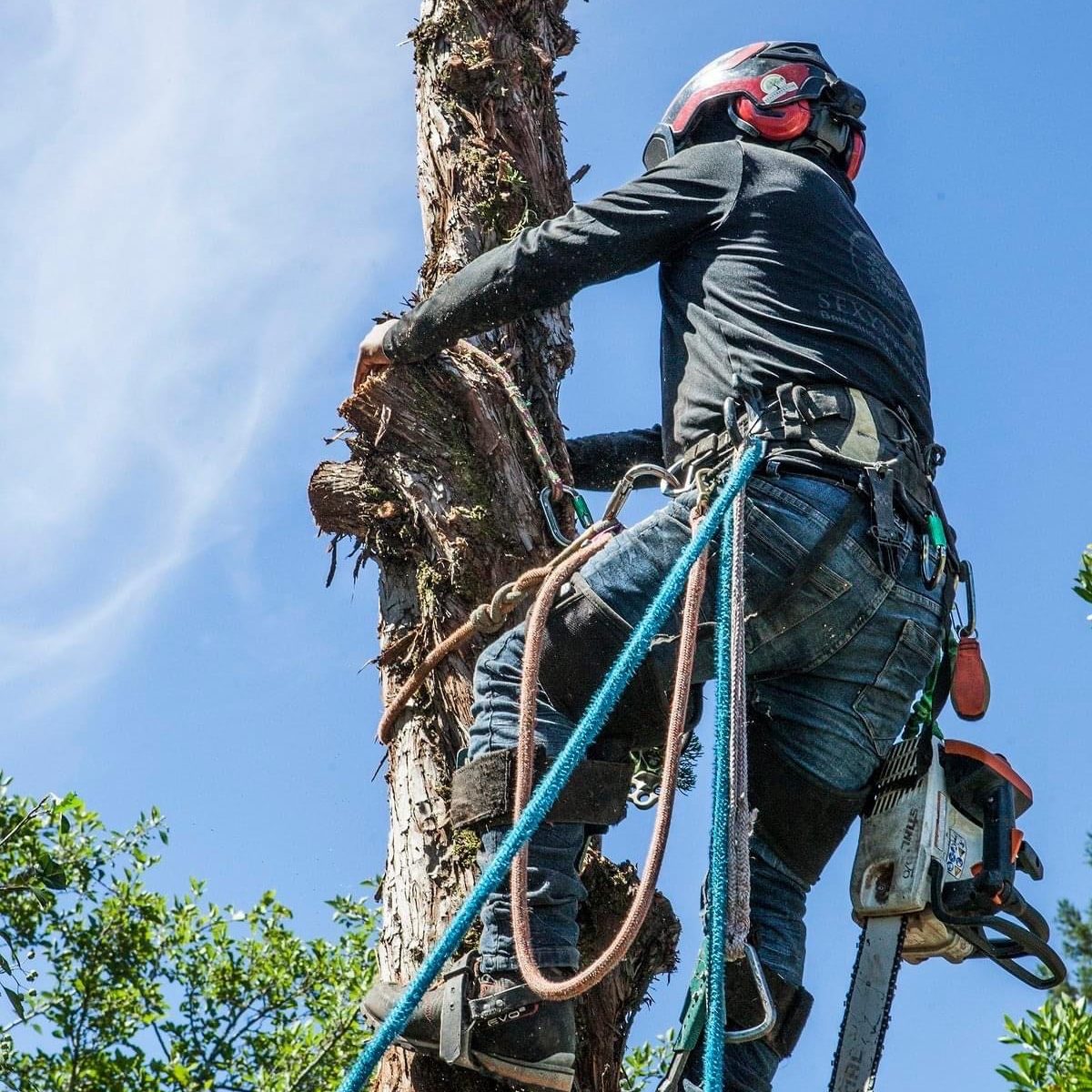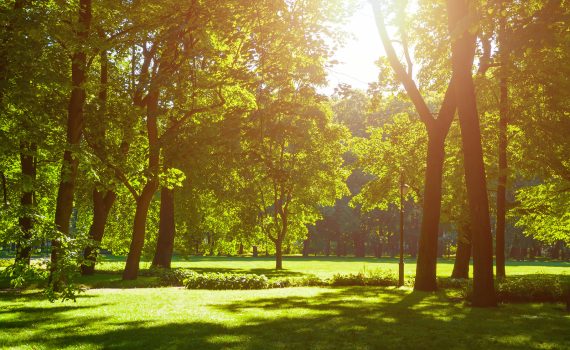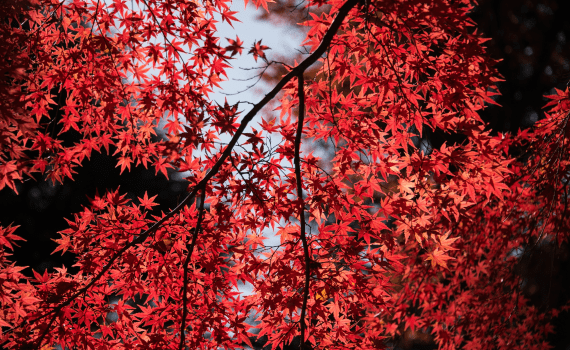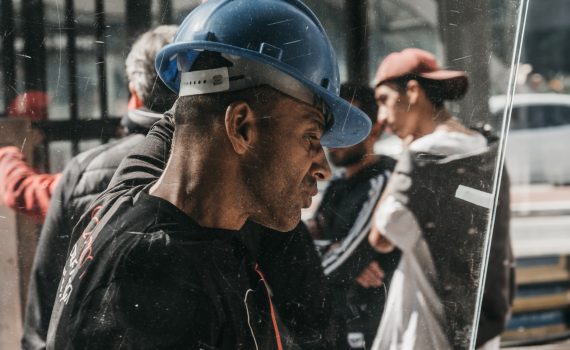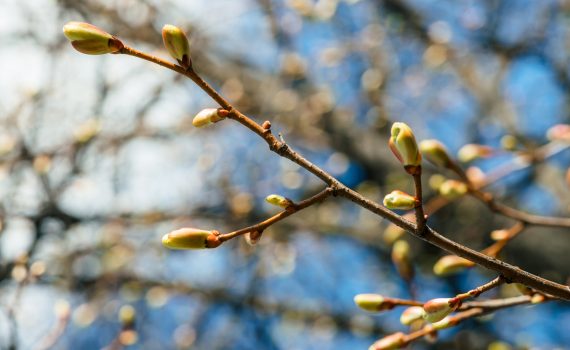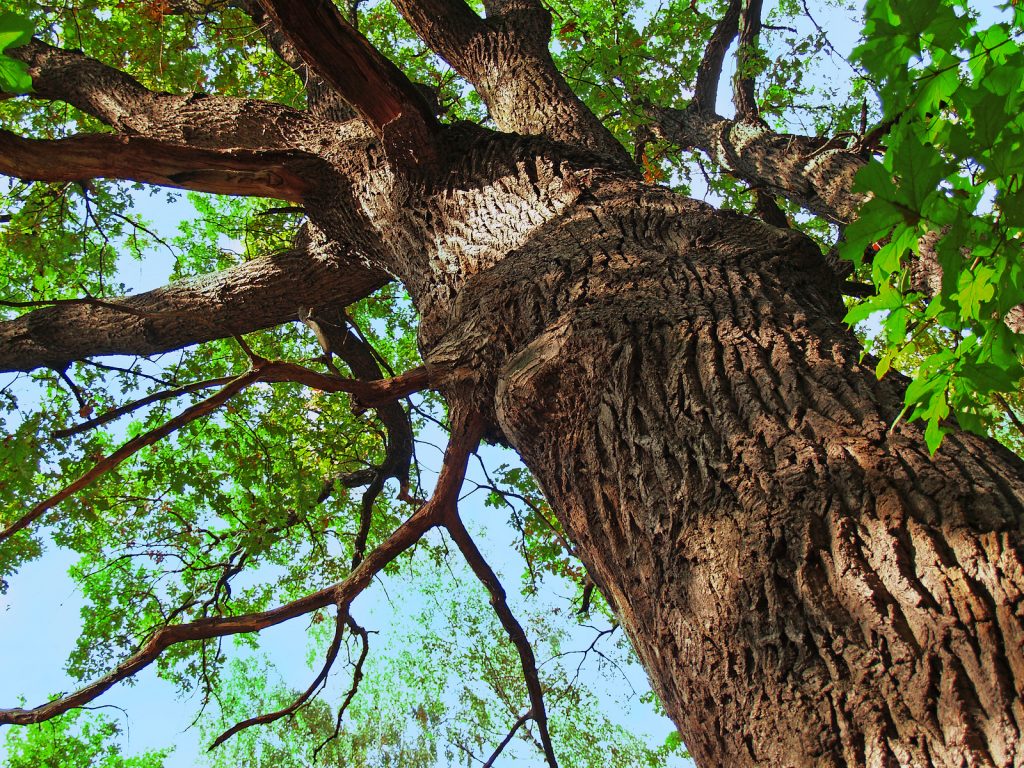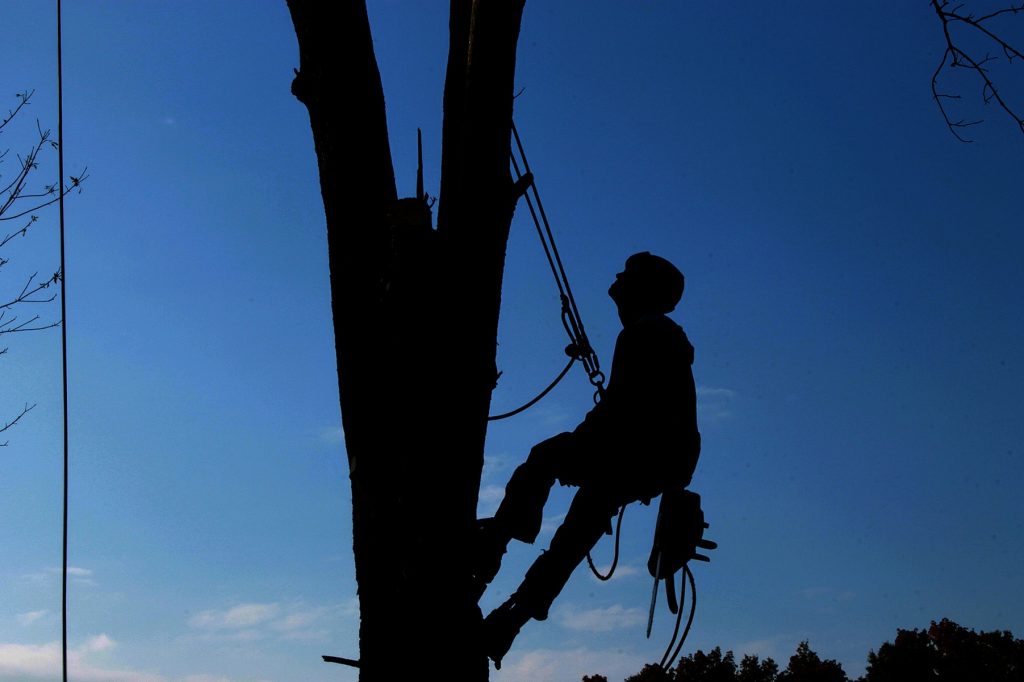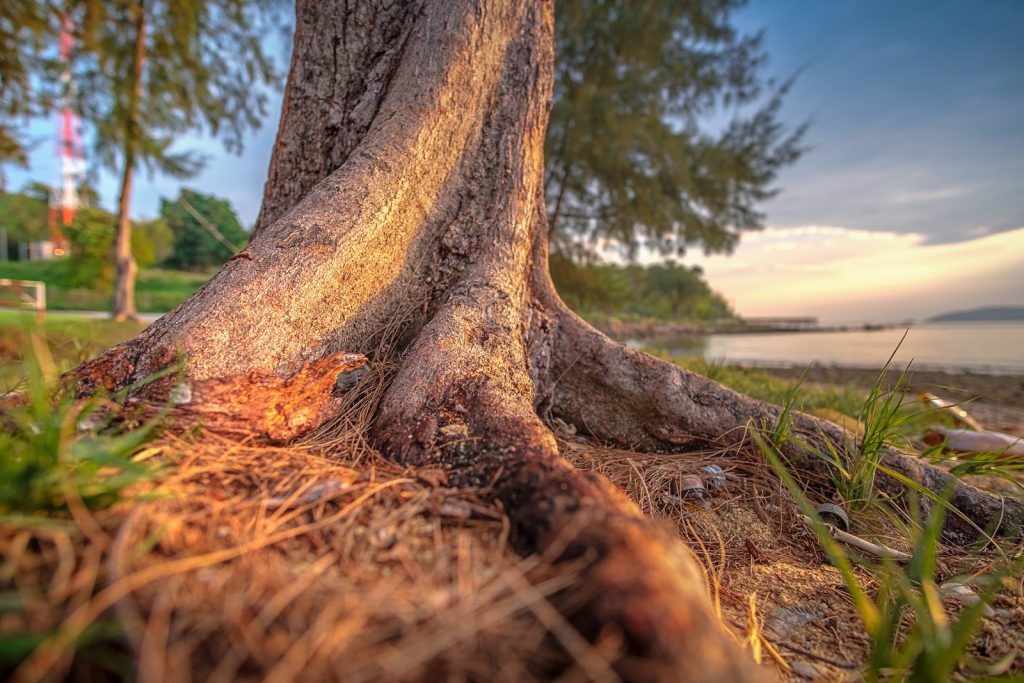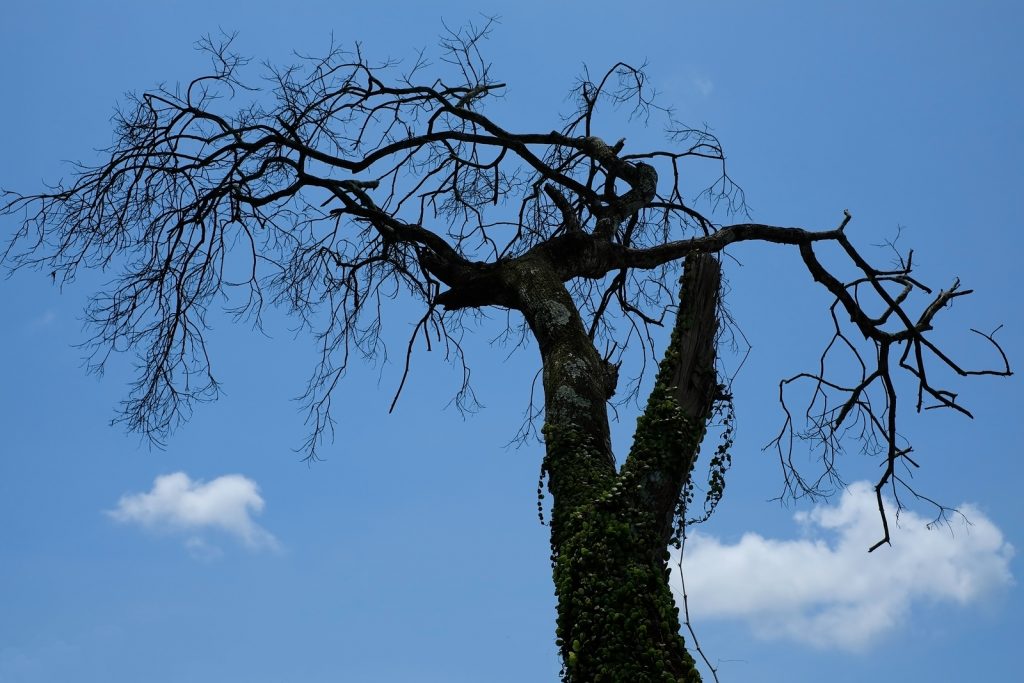Japanese maples are generally hearty, healthy trees. Japanese maples are pretty easy to raise and care for. They tend not to succumb to disease or infection, but will perform poorly when their needs aren’t being met.
Your Japanese maple will appreciate it if you keep these things in mind:
Don’t Allow Japanese Maple Tree Roots to Sit in Water
If your Japanese maple doesn’t look healthy and well, there’s a good chance that the roots are overwatered. If the soil is too heavy, contains a lot of clay, or doesn’t drain well, that can be affecting the health of the tree.
Before planting a Japanese maple, you can be sure that the ground is properly aerated with appropriate soil, and plant with the root ball only half burried. Once a tree is in its place, your best move is to monitor soil wetness. Be sure not to overwater, and your tree with thank you.
Don’t Spray Foliage
When you spray the leaves of a tree (any tree really) the water droplets act as little magnifying glasses, concentrating the sun’s power on a small spot until the water evaporates. Some leaves are bothered by this more than others. Although it certainly won’t kill your Japanese maple, this tree would prefer you spray the ground rather than the leaves. Or if you must spray the leaves, don’t do it on a sunny day, please.
Don’t Over Fertilize
These trees like soil rich in nutrients, but not rich in commercial fertilizers. In fact, they do better with no fertilization at all rather than many of the fertilizers available at the plant store. If you think your Japanese maple needs fertilizing, consult your trusted arborist.
Threats to Your Japanese maple tree
Of course, sometimes outside influences do attack your tree. Some of the problems that arise for this particular type of tree include:
Pseudomonas Syringae
Pseudomonas syringae is opportunistic bacteria that usually attacks plants that are already damaged by other threats. It affects woody plants, including Japanese maples, which can display spotted leaves, and veins within the leaves can be blackened when infected. It can also cause dieback of small branches.
To learn more visit: Pseudomonas Syringae
Verticillium Wilt
Verticillium Wilt is caused by a soil borne fungi but usually attacks plants that are stressed by other things like drought, frost, or wet soil. This fungus lives in the soil as small, darkened structures called microsclerotia. These microsclerotia may lie dormant in the soil for years.
One or more branches, usually on one side of the tree, wilt suddenly. Sometimes the leaves turn yellow before they wilt, or leaf margins turn brown and appear scorched. Branches that die will need to be removed.
The best prevention for this fungi is a strong, healthy tree. There is some evidence that unbalanced fertilization (too much or too little nitrogen, for example) exacerbates this disease, but there’s no specific prevention or treatment.
To learn more visit: Verticillium Wilt
Japanese Maple Scale
Scale insects are sucking insects that extract plant sap from the host plant. These scale have an armored exoskeleton, usually white. Scale insects are predatory, generally attacking unhealthy plants. The healthier your plants, the less likely they are to be attacked by scale insects.
In trees with heavy infestations scale can cause premature leaf drop, branch dieback, or death of the plant. On Japanese maples, scale insects usually only attach themselves to the stems of the tree and not the leaves, so scrubbing the tree with soapy water and a scrub brush may solve an infestation.
To learn more visit: Japanese Maple Scale
Tree Borers
Tree Borers are a group of insects that lay their eggs on or inside of trees, where the young larvae eat through living tissues. Anything that bores into tree stems is commonly called a tree borer, whether it be beetles or clearwing moths. The symptoms and treatments are the same.
You can avoid initial infestation by having a professional prune your tree, eliminating unnecessary tree damage. Also, adding mulch around your tree and providing it with appropriate water and fertilizer will help it fight off borers and heal any previous damage.
To learn more visit: Tree Borers
Anthracnose
Affected trees often show spots that may look like scorching on the leaves. This fungal disease is prevalent during rainy seasons and conditions of high humidity. Rainy weather can empower this fungus, and drought can slow it down or stop it.
Anthracnose remains active on leaves and twigs that have fallen to the ground, which helps it spread. Eventually spores are released from dropped leaves and re-attach themselves to the tree or new leaves. The easiest method of control is to keep dead twigs and leaves raked up from under your trees, and keep leaf litter that you suspect out of your compost pile.
To learn more visit: Anthracnose
Powdery Mildew
Powdery mildew covers leaves and stems starting with the underside, but becomes most obvious when it shows on the top of leaves with a white or grey powdery film. It thrives in hot, or hot and humid conditions, especially where a lot of plants are grouped together and air circulation is poor.
Trees are weakened by this mildew, but rarely seriously injured. Rake up and dispose of any affected leaves. It’s best not to put the affected leaves in your compost bin.
Cut off affected portions, restrict fertilizing, water only at the soil level and do what you can to increase air circulation to control a powdery mildew infection.
To learn more visit: Powdery Mildew
Aphids
Aphids feed by attaching themselves to the leaves of a plant and sucking nutrients out of the leaves. Resulting leaf damage can be unattractive, but your Japanese maple tree will likely not suffer more than some leaf loss. They have a number of natural predators including lady bugs, so they usually don’t last long once they appear. You can treat them with insecticidal soap or rinse them off with a blast of water.
To learn more visit: Aphids
Phytophthora Root Rot
This is a fancy way of saying that the root system is rotted because of excess moisture. Japanese maples are susceptible because they don’t tolerate wet heavy soils that drain poorly. Of course solutions include planting shallowly, and never overwatering. If you’re having a problem with root rot, consult a qualified arborist for advice.
To learn more visit: Phytophthora Root Rot
 Bringing Sexy Back Into Your Yards
Bringing Sexy Back Into Your Yards 
